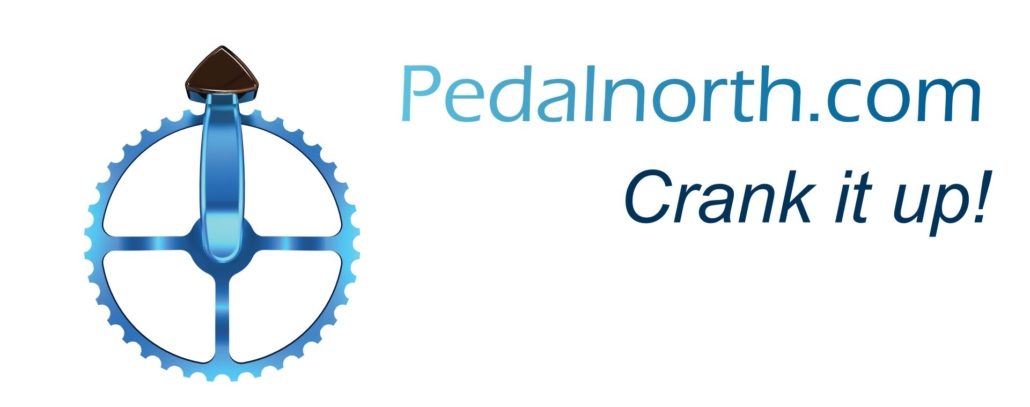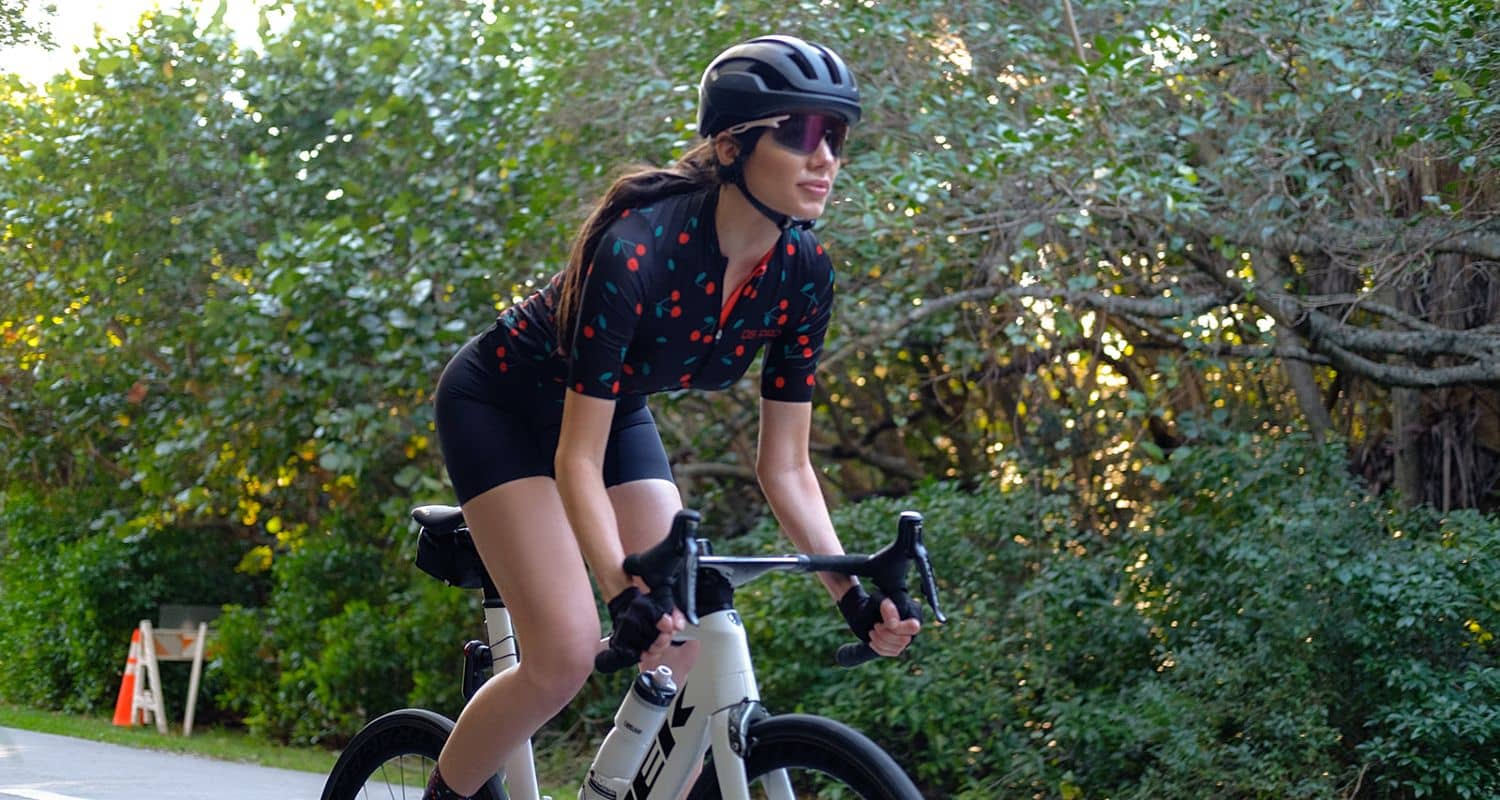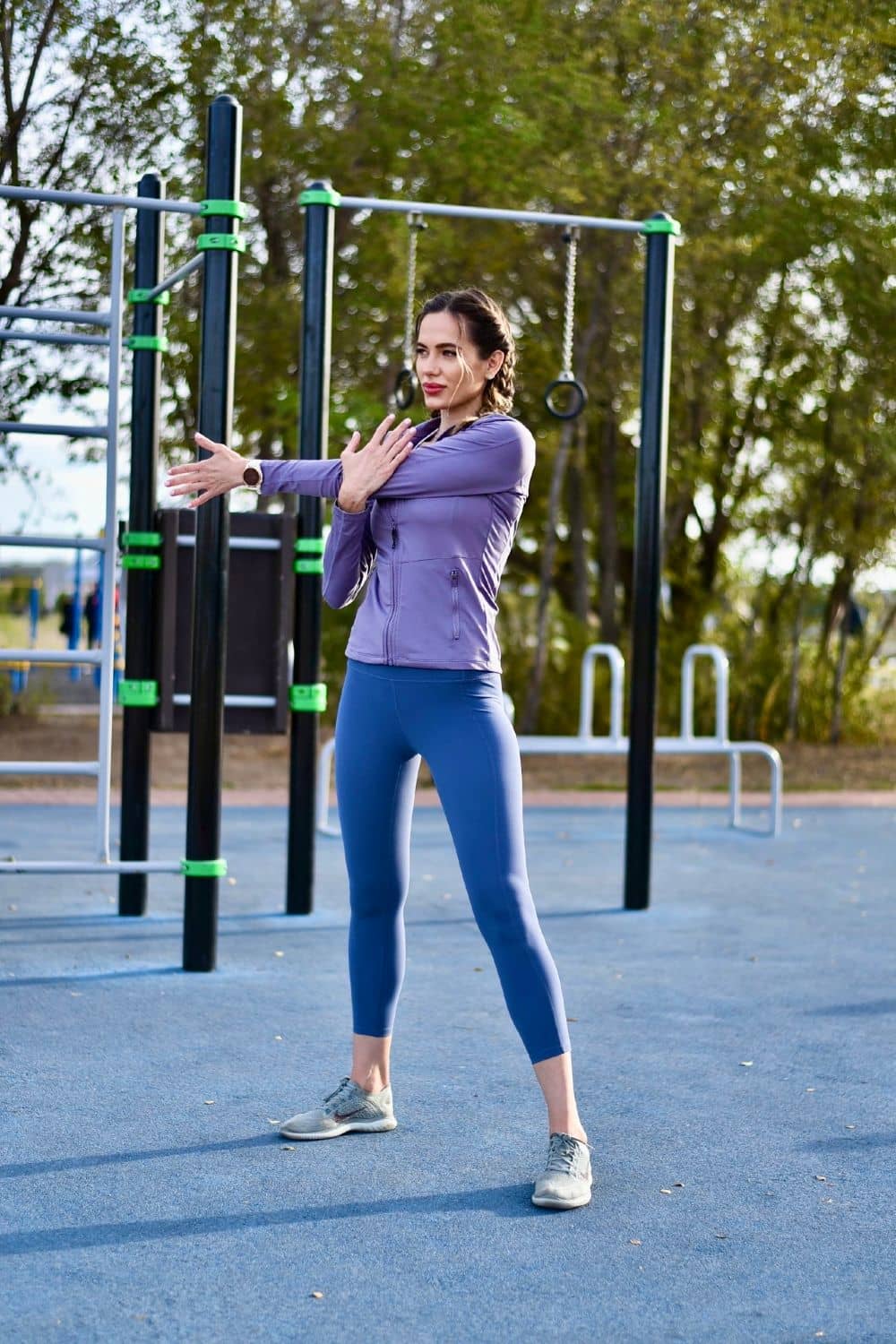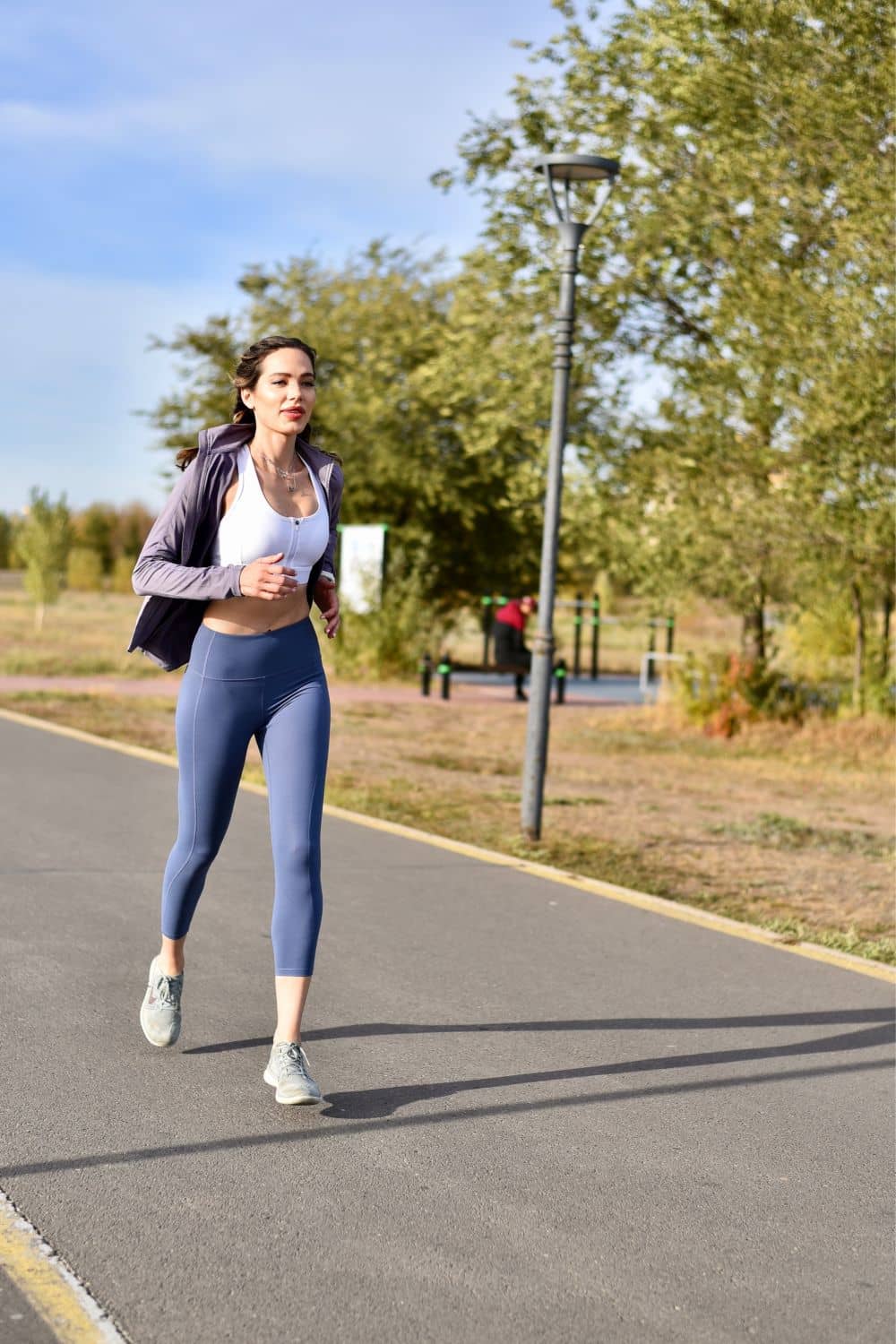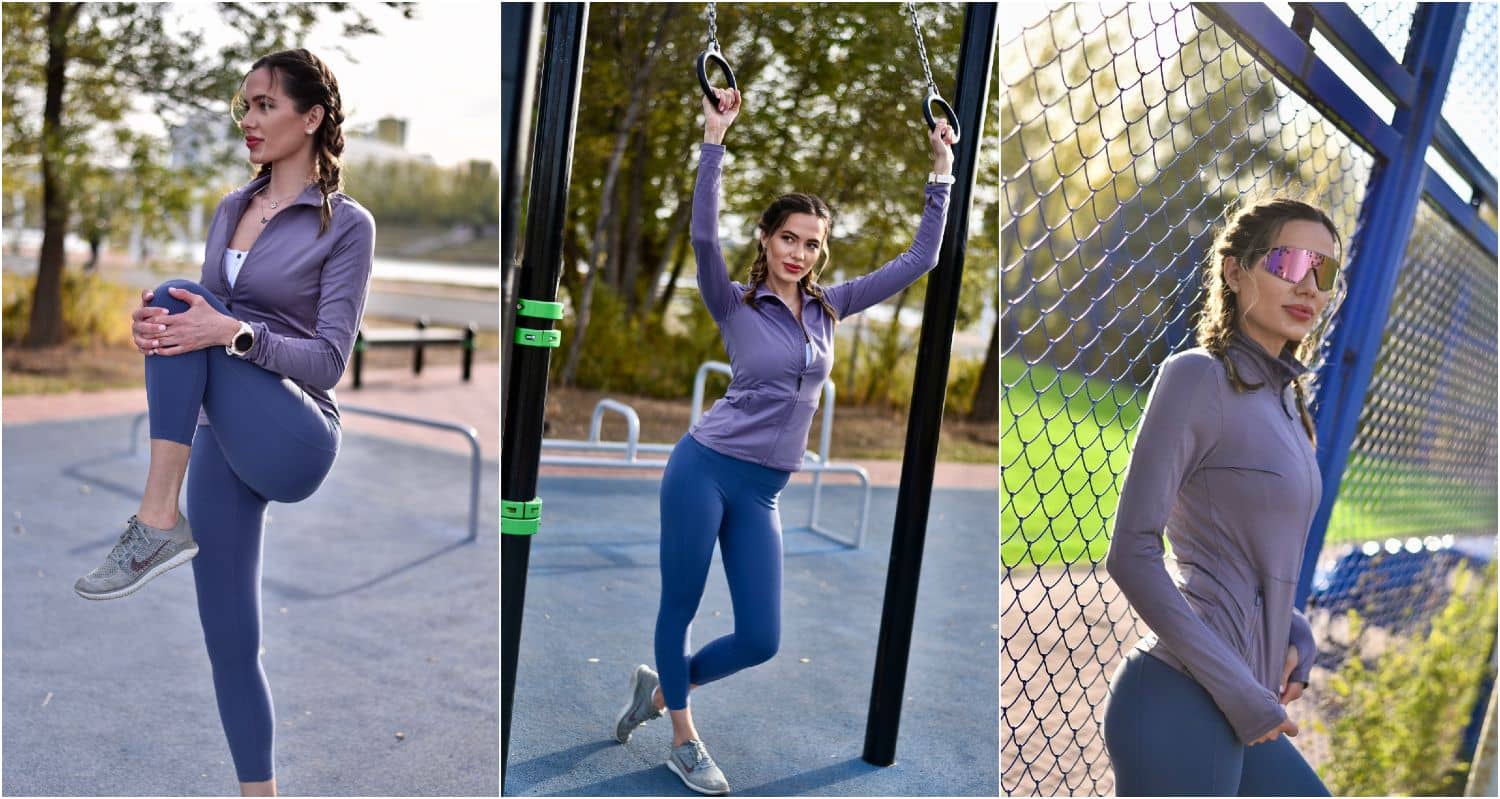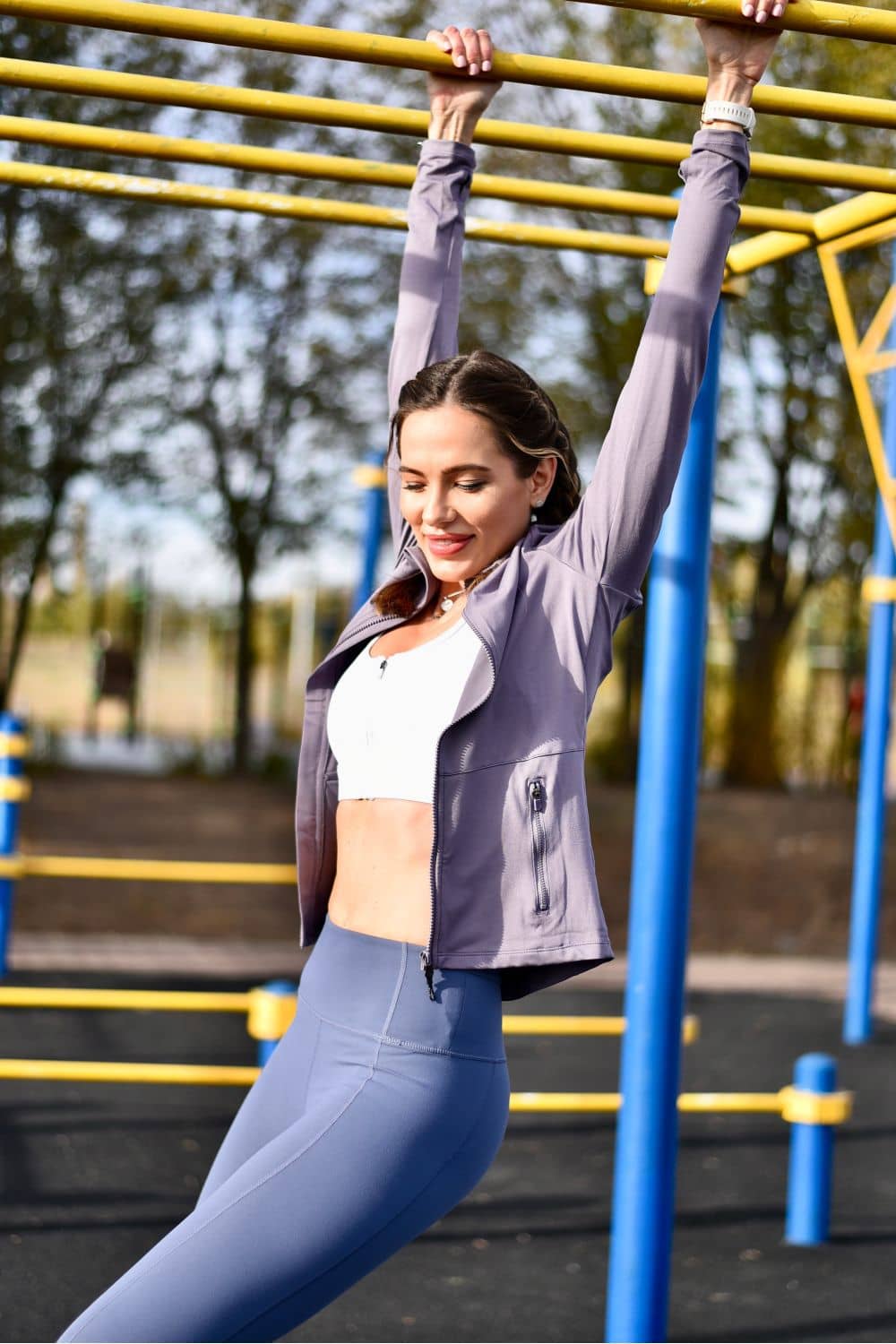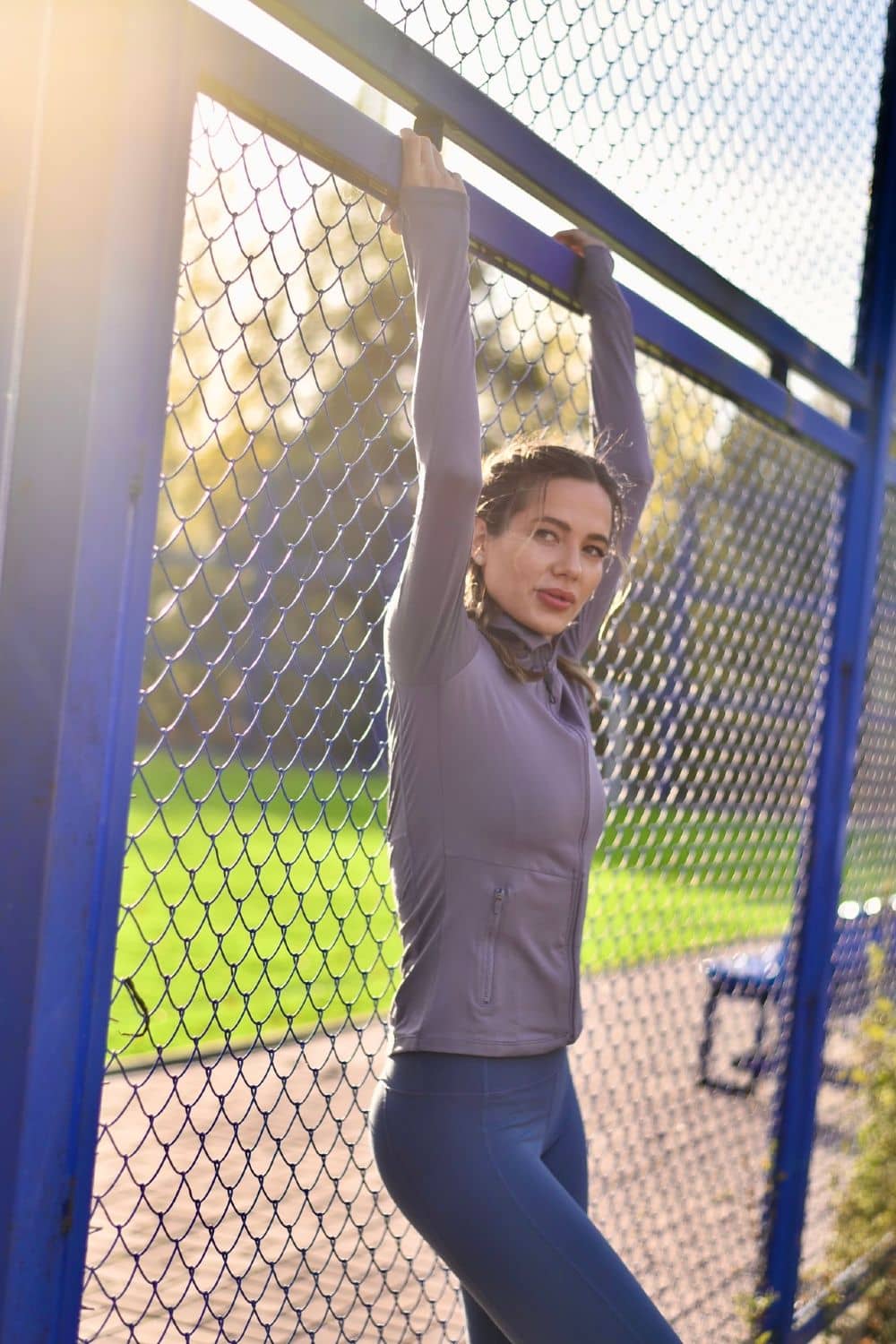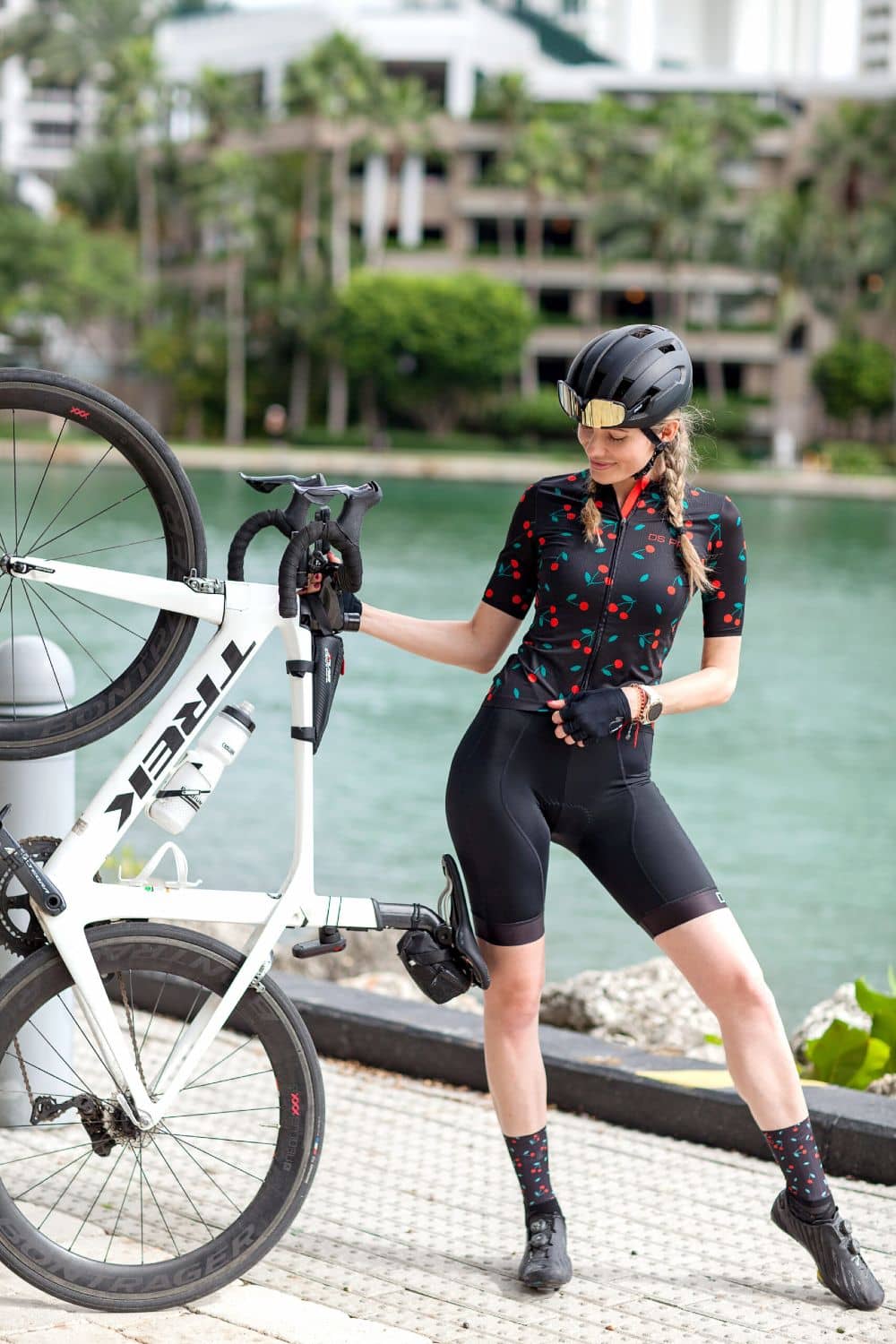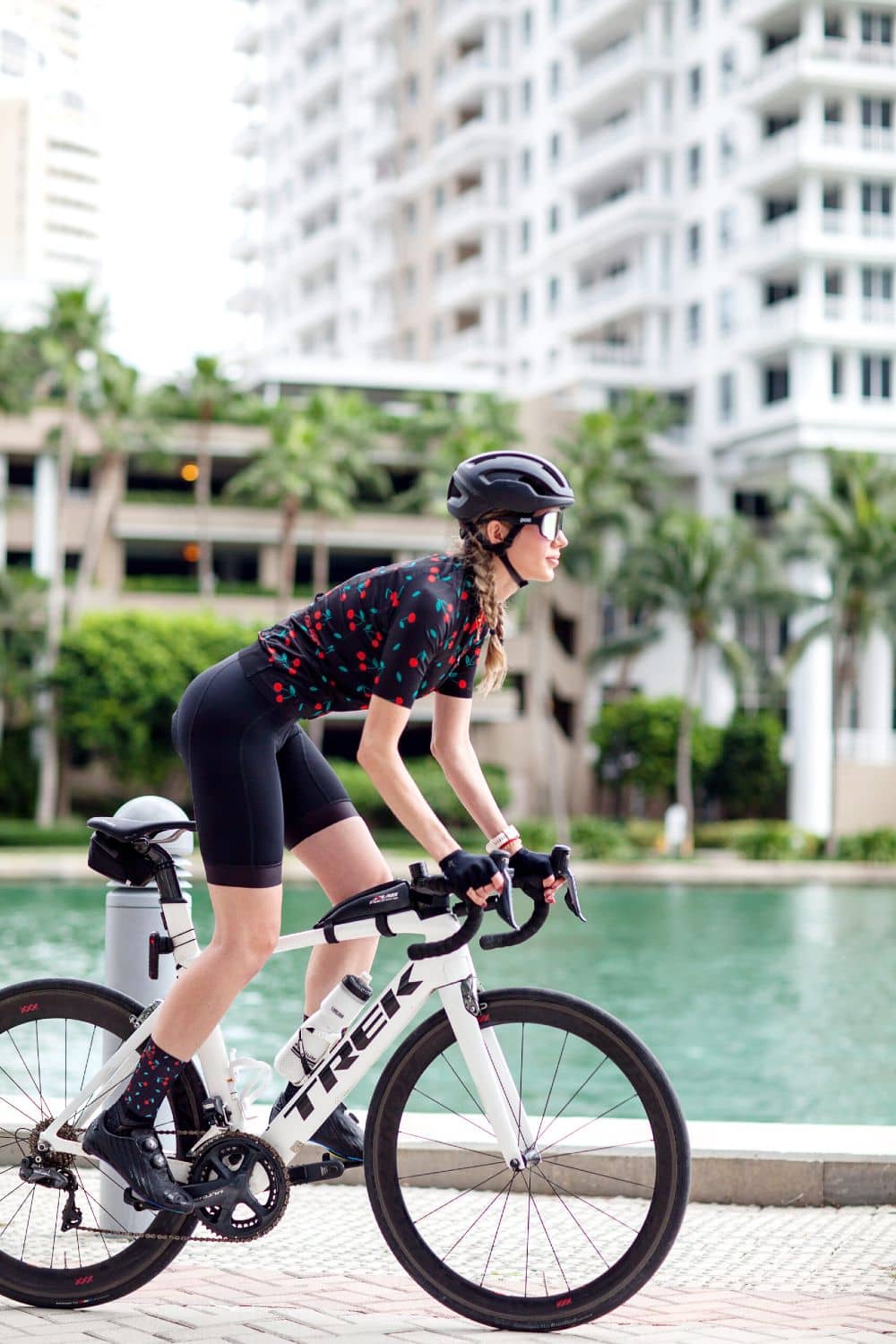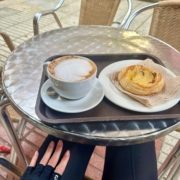Nine ways to ride more smoothly, efficiently & powerfully
Building power and learning how to pedal smoothly are two of the most important aspects of becoming a proficient rider. Amateur cyclists usually struggle when the gear and route go up, riding into the winds, whereas those who nailed it make pedaling look effortless. Power and the ability to pedal efficiently will impact the fluidity of a rider’s pedaling motion.
You might think that riding more often will make you a better rider. Yes, it’s partially true, but if a rider spends many hours in the saddle riding inefficiently, then he spends a lot of time teaching his body to ride the wrong way. It may take a lot of effort to reverse that muscle memory. We must spend dedicated time teaching ourselves to be efficient.
The distribution of forces across the pedal stroke and equal power distribution between each leg has a huge impact on efficiency. We must consciously “guide” the foot to achieve the desired action.
Off the bike exercise can help with strength & performance
With the introduction of power meters, many cyclists have become consumed with chasing specific power numbers and give a little about how they produce that power. Working on your power and pedal stroke fluidity can take time, but it pays off in the long run. Luckily, specific drills can be carried out to develop a more smooth pedal stroke.
The Training Techniques to Achieve A Smooth Pedal Stroke
1. Use the pedaling technique analysis tool which makes the invisible visible by displaying an easy-to-read graph that shows exactly where you are losing force throughout the pedal stroke on your smart bike trainer – try to reach the sausage shape. I use Wattbike in my gym- there you can see on the screen graph feedback on how you pedal and encourage you to ride more efficiently.
2. Perform cycling-specific strength training – work on your legs and core. Your ability to turn over a large gear when needed is beneficial. Lunges, deadlifts, kettlebell swings, burpees, squats, and planks are the exercises that will make you a better cyclist.
Think fitness & core, as well as cycling
3. Single leg drill. Pedal with one leg on a stationary trainer. These intervals are great to improve your cycling efficiency, forcing you to work smoothly and powerfully the entire pedal stroke – not just the pull and push phases, and teach us to aim for equal power in each leg, both as strong as each other.
4. High cadence drill This drill can smooth out your pedal stroke by training you to utilize the muscles that pull up on the pedals, as well as push down and minimize dead spots. At 5 min between a normal cadence, do 3X5 to 8 mins at a higher rpm.
5. Riding rollers. Obtain a smooth pedal stroke with riding rollers. If you pedal squares, jerky, and inconsistent strokes, you bounce on the roller like a ball. Avoid stroke imbalance that may lead to bouncing. Riding the rollers will increase your core strength and enable you to develop a smooth and efficeint pedal action, as you learn to stabilise the bike. We’ve got tips on using the rollers, elsewhere on our website.
6. Low cadence drill. The goal is to improve stroke mechanisms at extremely low rpm. Focus on 40 to 50 cadences using your biggest gear possible.
Hang loose & relax
7. Find a sweet spot! Adjusting the pattern of elevating your toes, flexing, and then maintaining a gentle push can increase your pedal pressure. The idea is to find the right amount of pressure to provide a smooth but strong pedal stroke. Find the sweet spot by applying light pressure but sufficient to streamline the stroke.
8. Keep an eye on your ankles. Optimize your pedal stroke more by determining the optimum ankle movement when applying pressure from a 90° position to a 180° position on your pedal stroke. Look at your cleats too. Have you got the right cleat float for your ankle and foot position? This can make a huge difference to pedal action and performance. If necessary, book a shoe fit to sort this aspect out properly.
9. Training on a mountain bike. Some mountain cyclists have the cleanest pedal stroke. This is due to mountain bikers’ adoption of a cycling technique that allows them to maintain traction on the gravel route. Having to balance the bike whilst moving forward requires skill and efficiency. This cross-discipline training will help enormously and also improve handling.
Creating an efficient and powerful pedal action isn’t as easy as you may think. It takes time and effort, and a little science too. These drills and techniques will help you on that journey, and ultimately help you to enjoy your riding more too.
